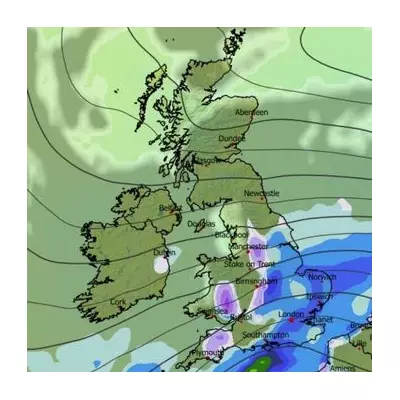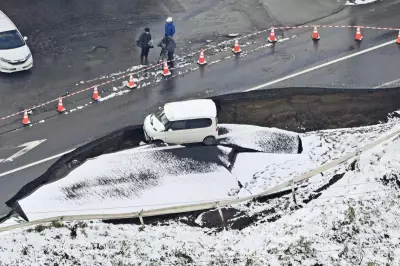
Coastal communities in Russia's Far East breathed a sigh of relief today as tsunami warnings were lifted following a powerful 7.2 magnitude earthquake that struck beneath the Pacific Ocean.
The quake, which occurred at a depth of 56km (35 miles) about 500km east of Petropavlovsk-Kamchatsky, initially prompted tsunami alerts for Russia's Kamchatka Peninsula and the Kuril Islands. The warnings were later downgraded after only minor waves were observed.
Swift Response Averted Panic
Emergency services across the region sprang into action immediately after the quake was detected. "Our monitoring systems worked perfectly," said a spokesperson for Russia's Geophysical Service. "We were able to issue warnings within minutes and coordinate with local authorities."
Residents in coastal areas reported feeling strong tremors that lasted nearly a minute. "Everything was shaking violently - dishes fell from shelves and furniture moved across rooms," described one resident of Severo-Kurilsk via social media.
Minimal Impact Reported
Despite the quake's significant magnitude, early reports suggest limited damage:
- Minor structural cracks in some older buildings
- Temporary power outages affecting approximately 2,000 homes
- No reports of serious injuries or fatalities
Coastal tide gauges recorded waves of up to 30cm (1 foot) in some areas - far below the threshold for dangerous tsunami conditions. The Pacific Tsunami Warning Center confirmed no threat to other countries in the region.
Why This Quake Was Different
Seismologists note this earthquake occurred in a subduction zone where the Pacific plate slides beneath the Okhotsk plate. "The depth and type of movement likely prevented a more destructive tsunami," explained Dr. Elena Petrova of the Russian Academy of Sciences.
The region experiences frequent seismic activity, with about 300 detectable earthquakes annually. However, events of this magnitude remain relatively rare, with the last comparable quake occurring in 2019.
Authorities continue to monitor aftershocks, though scientists say the risk of further significant seismic events has substantially decreased.





